Menu
Log in
Tech News Blog |
Connect with TECH NEWS to discover emerging trends, the latest IT news and events, and enjoy concrete examples of why Technology First is the best connected IT community in the region. |
|
Meet Our Partners
Our Cornerstone Partners share a common goal: to connect, strengthen, and champion the technology community in our region. A Technology First Partner is an elite member leading the support, development, and expansion of Technology First services. In return, Partners improve community visibility and increase their revenue. Make a difference in our region and your business.
CHAMPION PARTNERThe McCracken Group (TMG) is proud to be a Champion Partner of Technology First. We share a commitment to education, collaboration, and empowering technology professionals across our tech region. Together, guided by our core values, Doing the Right Thing, Always Learning, Building Strong Relationships, and Giving Back, we’re helping advance innovation and continuous growth across our region’s tech community. |
CORNERSTONE PARTNERS

1435 Cincinnati St, Ste 300, Dayton Ohio 45417
Info@TechnologyFirst.org
937-229-0054
Cancellation Policy | Event Terms and Conditions | Privacy Statement | Inclement Weather Policy | Rules of Engagement



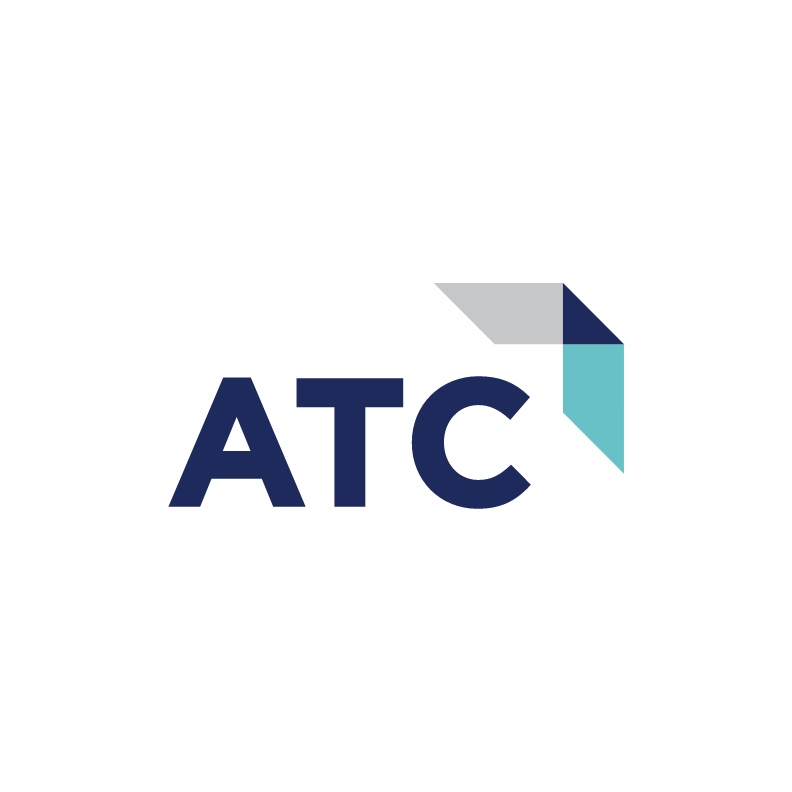
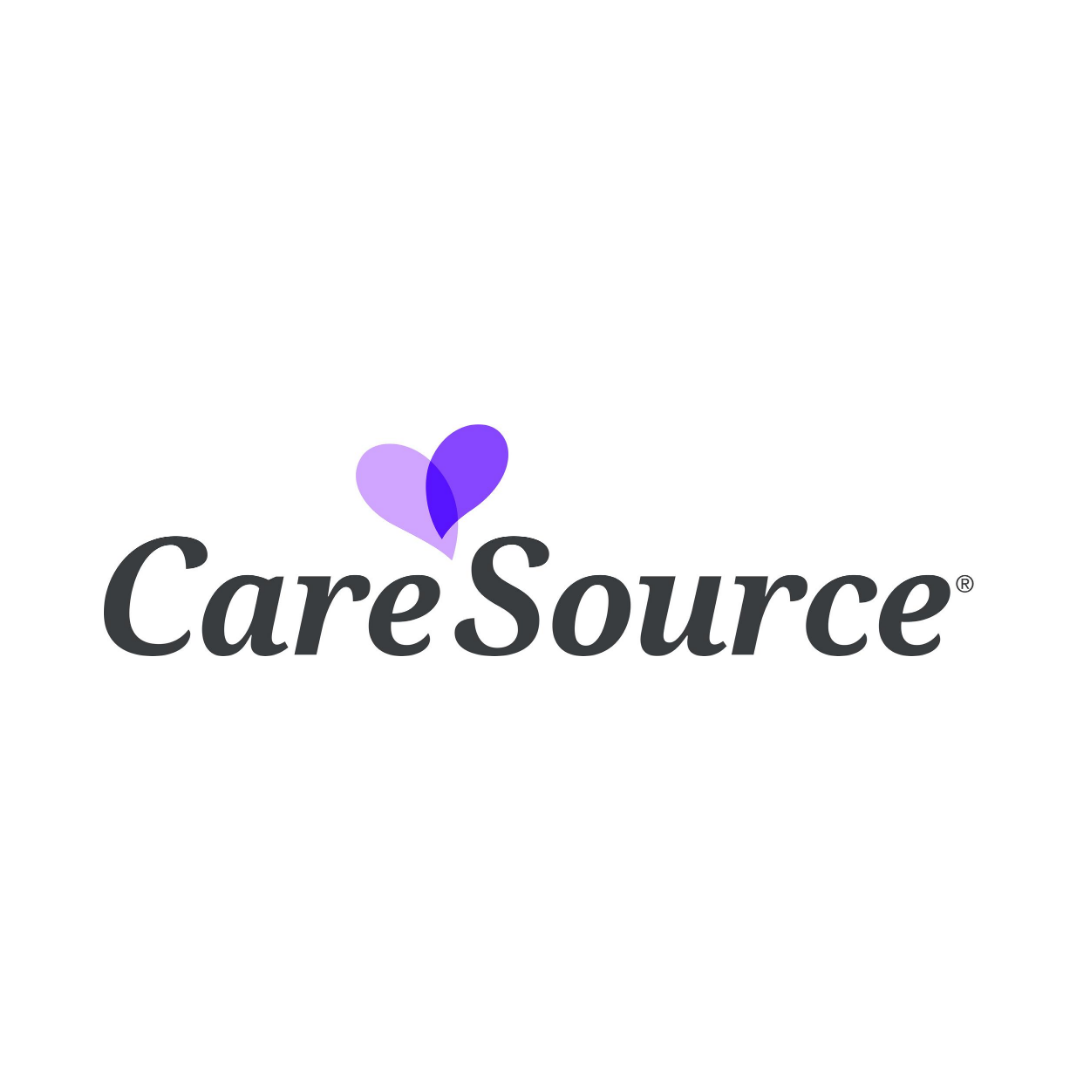


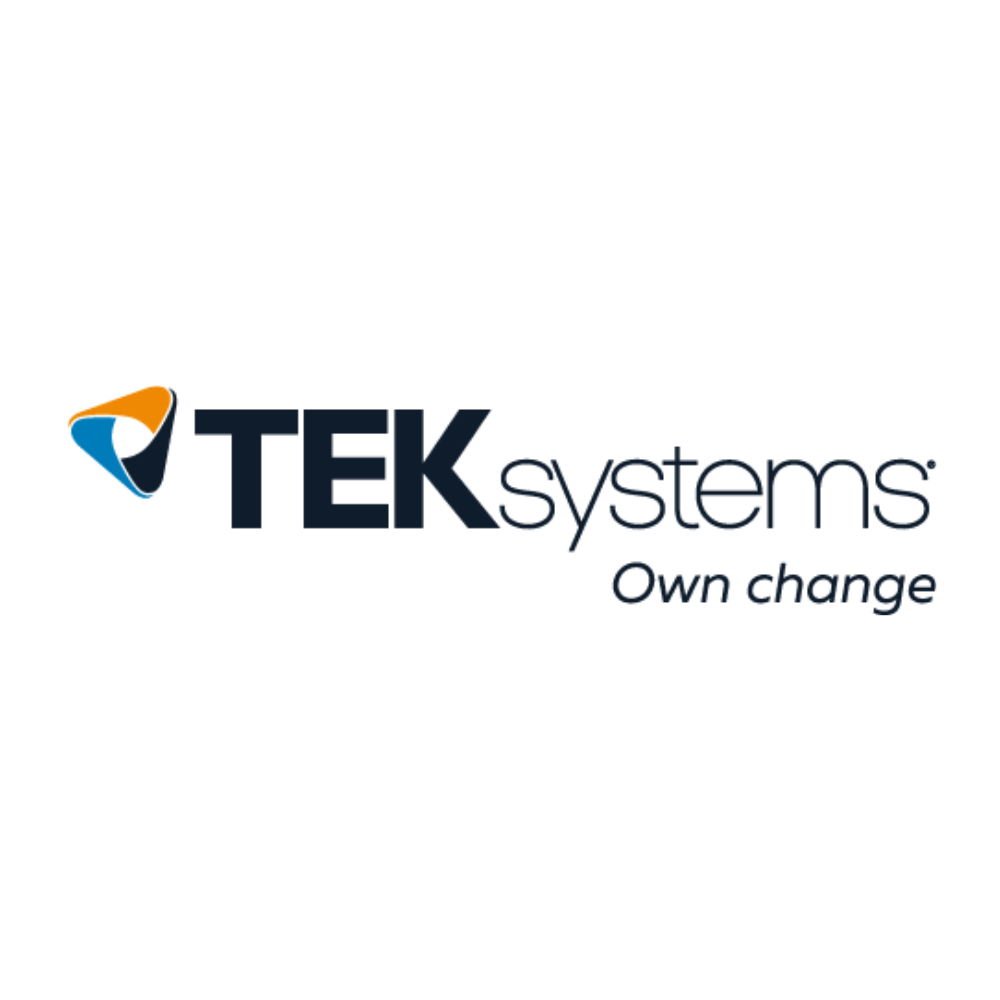
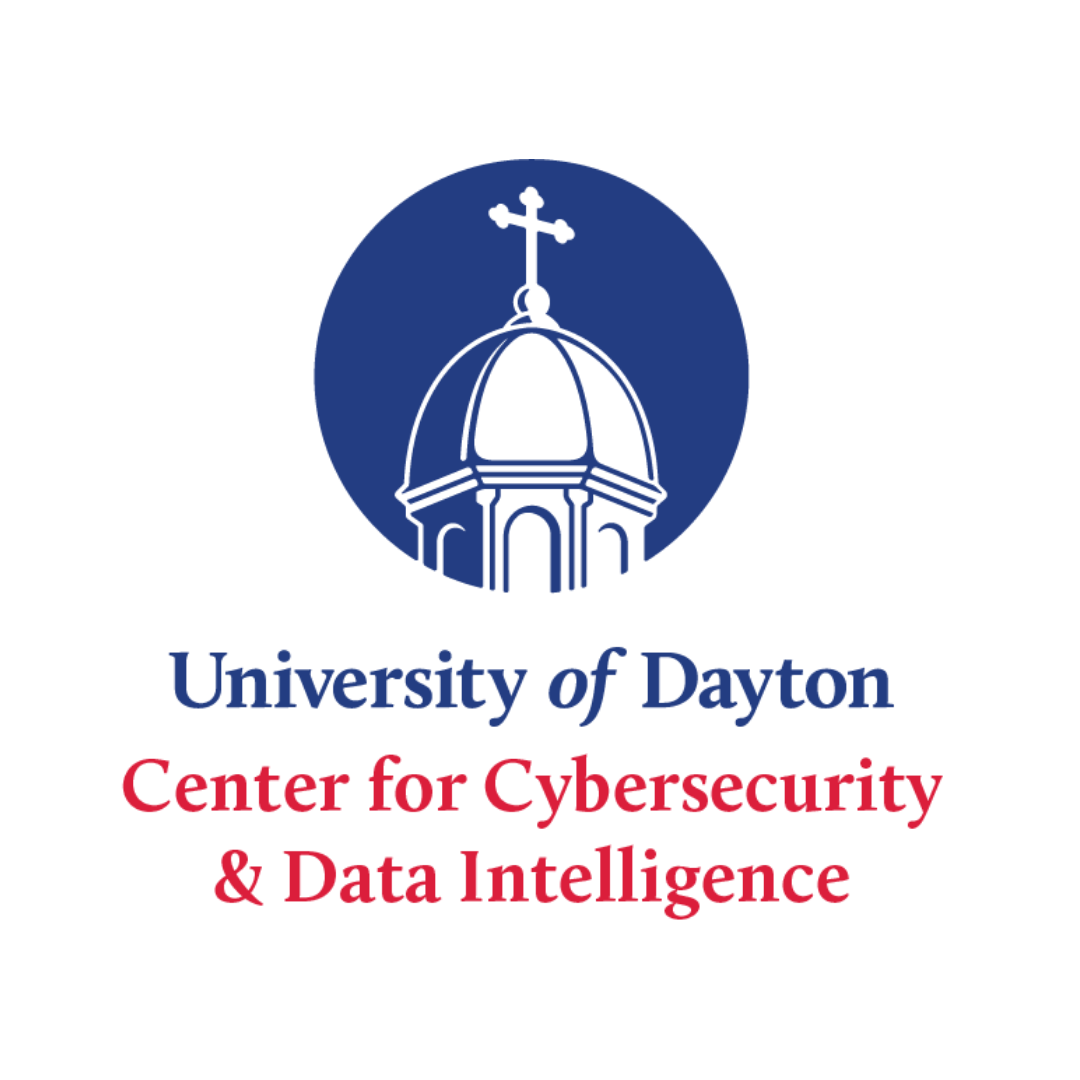
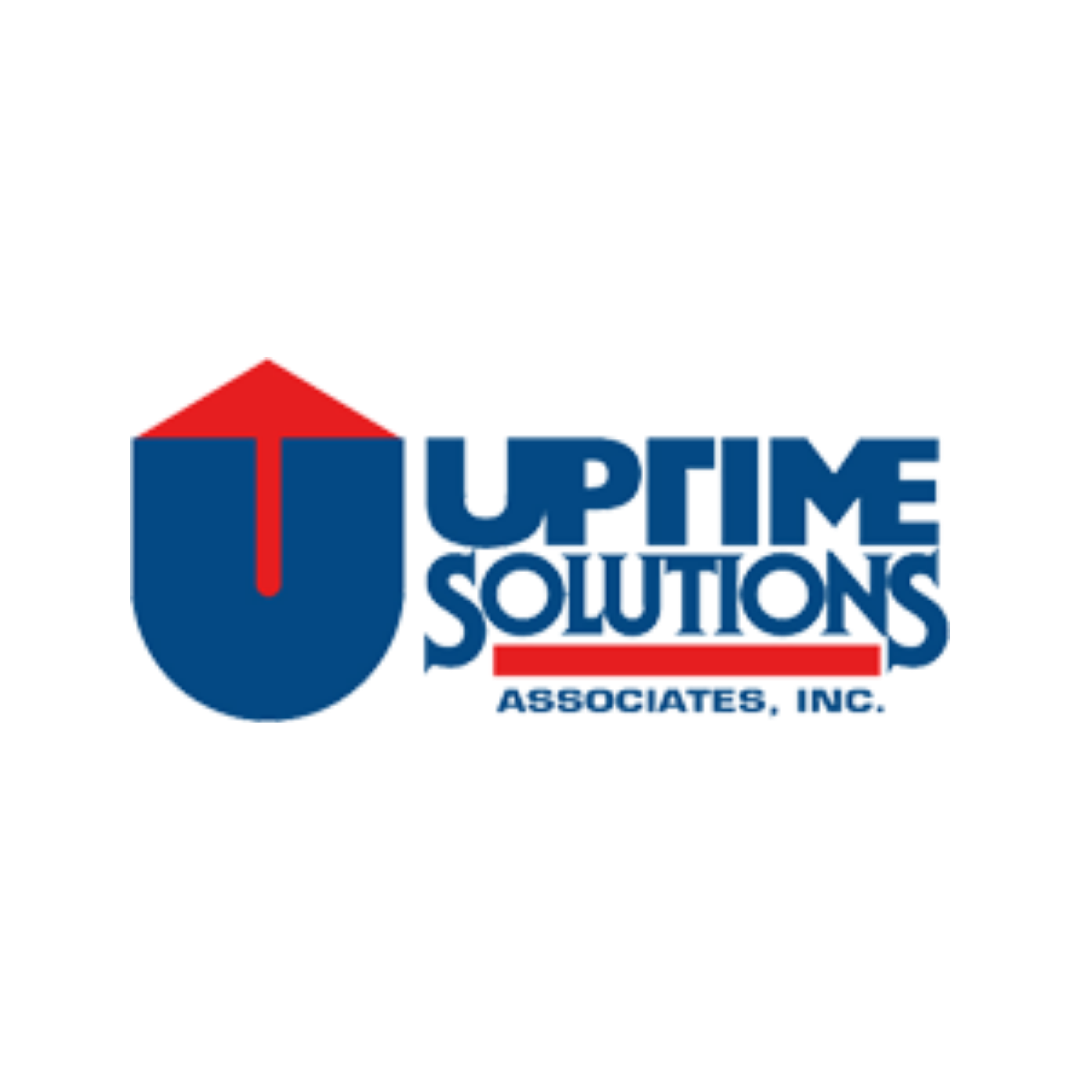




.png)


